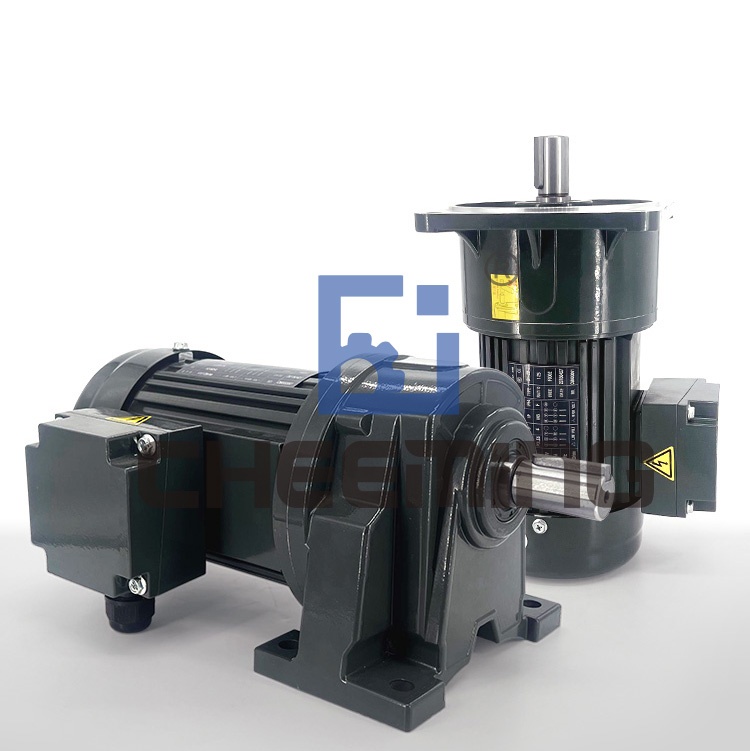The difference between vertical motor and horizontal motor
Medium-sized motors are divided into two types: vertical motors and horizontal motors. Their differences are as follows:
1. Arrangement:
Vertical motor: A vertical motor means that the main shaft of the motor is placed vertically, perpendicular to the ground. The bottom of the motor is fixed to the base, and the top is supported by bearings or other support structures.
Horizontal motor: A horizontal motor means that the main shaft of the motor is placed horizontally, parallel to the ground. The sides of the motor are supported by bearings or other support structures.
2. Installation type:
Vertical motors: Due to their vertical arrangement, vertical motors are suitable for installation on vertical or near-vertical surfaces. This makes vertical motors more common in some specific application scenarios, such as pumps, fans and other equipment. (flange installation)
Horizontal motors: Horizontal motors are usually used for installation on horizontal or near-horizontal surfaces due to their horizontal arrangement. This arrangement is suitable for some equipment that needs to work horizontally, such as compressors, cutting machines, etc. (base installation)
3. Space occupation:
Vertical motor: A vertical motor takes up less space in the vertical direction, but takes up a relatively large space in the horizontal direction.
Horizontal motor: A horizontal motor takes up less space in the horizontal direction, but takes up a relatively large space in the vertical direction.
It should be noted that the choice of vertical motor or horizontal motor should be determined according to the specific application requirements and installation environment. These factors include equipment type, work space constraints, stability requirements of the installation, etc. When selecting and installing an electric motor, relevant technical specifications and safety guidelines should be followed.




























 XINDA
XINDA